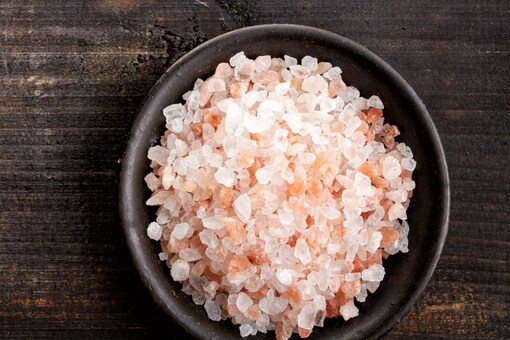India is a diverse country and is home to many cultures, religions, and cuisines. Every cuisine is different from one another and has different characteristics. Each of these cuisines has been carefully developed for several years. Many factors including location and terrain, are to be kept in mind as far as developing a cuisine is concerned. For instance, in the case of Himalayan cuisine, the harsh and extreme weather conditions must have been taken into account.
The Himalayan cuisine is different and very popular in India. Here are some of the lesser-known facts about Himalayan cuisine:
- If you have ever tasted Himalayan food and wondered why it isn’t spicy, then read the reason behind it here. The use of spices makes the food difficult to digest and for people living in harsh conditions and rocky terrain, it will become a cause of concern if they are unable to digest heavy and spicy food items. The people living in Himalayan regions also eat more fermented food items, as it helps in making the gut healthier and also aids in quicker food digestion.
- The food items that are consumed in the Himalayas have more protein value, which is followed by carbs, and fats. Such a meal helps in carrying forward with the day-to-day work even in extreme weather conditions. It also provides energy to the body to tackle the harsh weather and work relentlessly.
- It has also been said that the food items consumed in the Himalayas are not only functional but nourishing as well, to manage through the extreme conditions during the harsh winter months. Also, it is very interesting to note that there is not a specific winter menu in the Himalayas. Most of these food items are grown on non-snow days and are then stored and consumed later. Some of the food items like root vegetables are stored inside a pit and are covered with dry leaves. This is done so to protect the food items from snow.


